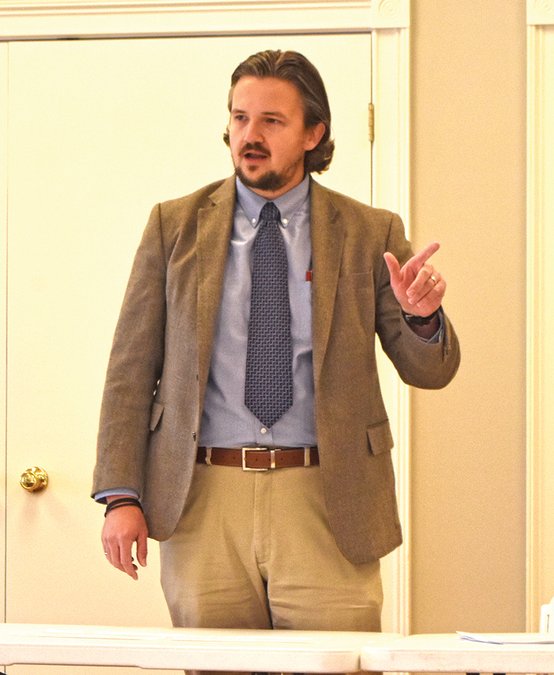Underground issues that contribute to why Peers Street floods when it rains have been brought above ground.
Peers Street flooding studied





